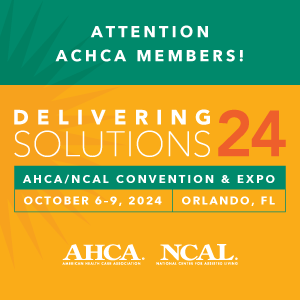Illinois is the latest battleground state where Stotler Hayes Group (SHG) has brought the fight for post-Medicaid eligibility income deductions for recipients of long-term care Medicaid benefits. In an ideal world, residents would have all of their financial affairs in order prior to being admitted to a skilled nursing facility so that they secure Medicaid benefits as soon as they exhaust their insurance coverage or private resources. Anyone in the long-term care industry knows, however, that many residents are unable to secure the Medicaid start-date that they need, which leaves the resident – and their provider – with unpaid bills for services rendered prior to their Medicaid eligibility.
Medicaid is a cooperative Federal and State program intended to assist needy and indigent individuals with the costs of care. In order to receive federal funding, State plans for Medicaid must comply with Federal requirements. The Centers for Medicare and Medicaid Services (“CMS”) has long interpreted unpaid expenses incurred prior to Medicaid approval as “not covered” under the State plan for Medicaid. As a result, Federal law requires State Medicaid programs to deduct unpaid medical expenses incurred prior to Medicaid eligibility when determining the amount of income that a resident is required to contribute toward the cost of his or her care; this amount is known as a resident’s “Cost Share” or “Patient Pay Liability.” In other words, Federal law provides Medicaid recipients the ability to apply their Cost Share/Patient Pay Liability towards uncovered pre-eligibility medical expenses. States are permitted to impose reasonable restrictions and many states have done so – allowing deductions, for example, only for uncovered medical expenses incurred three months (or, in some states, six months) prior to the month of the Medicaid application. Some states have elected to impose no time restrictions and allow for deductions in Cost Share/Patient Pay Liability for uncovered medical expenses regardless of when the expenses were incurred prior to the month of the Medicaid application.



